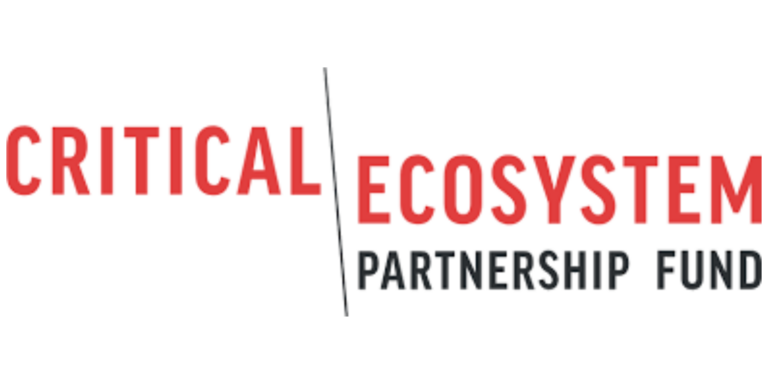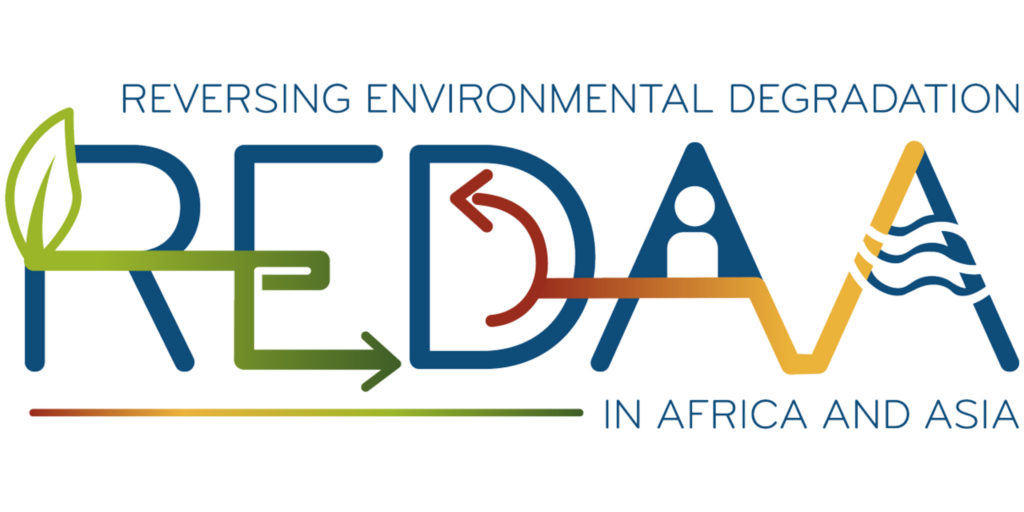Resources
Most recent and helpful resources to empower cities with ecosystem restoration efforts
- Funding ecosystem restoration in your city
Governments play a crucial role in restoration finance, both in terms of being a source of finance or co-finance, and promoting an enabling environment for receiving and managing finance. Government funding can include fiscal reforms, national incentive schemes and appropriate allocations of state finance.
Given that restoration serves as a climate change mitigation and adaptation measure, it is eligible for both windows of climate finance.
- Critical Ecosystem Partnership Fund (CEPF)
CEPF was established in 2000 to empower civil society in developing countries and transitional economies to protect the world’s biodiversity hotspots. The fund awards both small and large grants. The average size of small grants is ~US$15,000, while large grants generally amount to ~US$150,000, and in exceptional cases grants of more than ~US$500,000 can be issued. To be considered for CEPF funding, a project must be located within a biodiversity hotspot where CEPF currently operates. The list of eligible countries is listed under each open call for proposals.
- Land Degradation Neutrality Fund
This fund is a coordination between investment platforms that is established as a public-private partnership among private institutional investors, international finance institutions and donors. The fund supports the curbing of land degradation through land rehabilitation, while generating revenues for investors from sustainable production of rehabilitated land.
- Reversing Environmental Degradation in Africa and Asia (REDAA)
This initiative catalyzes locally led research, innovation and action to promote people and nature to thrive together. They put out funding calls to ensure the practical application of their research.
- Coral Guardian
is a French non-profit organization that was founded to protect and restore coral ecosystems by collaborating with local communities. Coral Guardian’s work centers on three main pillars: participatory marine conservation to develop coral restoration programs in collaboration with local communities and for their own benefit; raising awareness among local and international communities about the importance of and threats to coral ecosystems, and participatory science to contribute to scientific knowledge of coral ecosystems and their restoration.
- The global Ecosystem-based Adaptation Fund
implemented by IUCN and UNEP, with funding from the International Climate Initiative (IKI) of the German Federal Ministry for the Environment, Nature Conservation, Nuclear Safety and Consumer Protection (BMUV) is a funding mechanism for catalytic, innovative, and inclusive projects that aim to create an enabling environment for the implementation of Ecosystem-based Adaptation (EbA) to enhance the resilience of vulnerable communities and ecosystems to the impacts of climate change. With the focus on EbA, a nature-based solution that harnesses biodiversity and ecosystem services to reduce vulnerability and build resilience of human communities to climate change, the Fund is strategically positioned to connect and contribute to the delivery of global agendas on the Climate Change – Biodiversity nexus.
- The Green Climate Fund (GCF)
The GCF is a critical element of the historic Paris Agreement and is the world’s largest climate fund mandated to support low-emission, climate-resilient development pathways. As an operating entity of the financial mechanism of the UNFCCC, GCF has become a vital part of the global climate finance architecture – mobilizing US$10 billion during its first replenishment and investing in transformational climate projects worth over US$40 billion (including co-financing) in more than 100 countries.
- Other resources
- Biodiversity Financing Toolkit
Through the INTERACT -bio project a biodiversity finance toolkit was launched for cities at Climate COP28: The toolkit uses in-depth definitions, case studies and resources, the Guide covers innovative and traditional financing instruments to support biodiversity conservation, maintenance, restoration and preservation
- CitiesWithNature tools and resources
The CitiesWithNature Tools & Resources Hub provides tools, case studies and other knowledge materials to inform, educate and inspire cities and communities. The platform covers a wide range of topics related to urban nature and has been grouped into the following thematic areas: 1) Biodiversity, ecosystems and built environment 2) Climate Change and disaster risk reduction 3) Health and social well-being 4) Business, economics and finances, and 5) Governance and management.
- Naturvation Atlas
The Urban Nature Atlas, developed as part of the NATURVATION project, is the most comprehensive database of nature-based solutions for cities created to date. The Urban Nature Atlas has been produced as the result of a systematic survey of nature-based solutions interventions in 100 European cities and provides the basis for the analysis of socio-economic and innovation patterns associated with urban nature-based solutions in Europe.
- EbA in different ecosystems: placing measures in context
This briefing note provides an overview of EbA measures commonly implemented in particular ecosystems (mountains, drylands, wetlands, coasts, and urban systems), reflecting interventions supported by the UN Environment Programme’s (UNEP) EbA projects, and showcases the potential for monitoring and evaluation of adaptation goals through example outcome indicators.
- Principles for Ecosystem Restoration to Guide the UN Decade 2021–2030
This guide is the result of UN Decade partners’ multi-stage process to develop principles for ecosystem restoration.
- International Principles & Standards for the Practice of Ecological Restoration: 2nd Edition
This publication provides updated and expanded guidance on the practice of ecological restoration, clarifies the breadth of ecological restoration and allied environmental repair activities, and includes ideas and input from a diverse international group of restoration scientists and practitioners.
- Urban-rural linkages and ecosystem restoration
Urbanization and ecosystems are profoundly intertwined. Urban expansion contributes to more land degradation, having greater impacts on ecosystems, combined with towns and cities of all sizes demanding increased ecosystem services (e.g. food, fiber, water and energy), flows of people, goods, services, information, and capital, which define and drive urban–rural linkages in complex and intricate patterns.
- Ecosystem Restoration Playbook. A Practical Guide to Healing the Planet
This guide describes approaches to restoring eight key types of ecosystems – forests, farmlands, grassland and savannas, rivers and lakes, oceans and coasts, towns and cities, peatlands, and mountains. It also presents how all parts of society – from individuals and community groups to businesses and governments – can become part of #GenerationRestoration, a global movement to restore ecosystems everywhere for the good of people and nature.
- Critical Ecosystem Partnership Fund Impact Report
The report outlines the impacts of the CEPF, showcasing how funding has been applied by its grantees.
- Ecosystem restoration communities
This site offers courses on ecosystem restoration design, an introduction to ecosystem restoration and rewilding training.
- Time for a paradigm shift towards a restorative culture
There is a need for a profound paradigm shift to address the prevailing economic and political climate that is keeping our planet on its current climate and biodiversity loss trajectory. Such a paradigm shift could be based on the idea of a “restorative culture”.
- Capacity, Knowledge and Learning Action Plan for the United Nations Decade on Ecosystem Restoration
This is provided by FAO, it emphasizes the need to mainstream restoration knowledge in education and natural resource management programmes at all levels, including by instructing and empowering current and future generations of professionals, educators, policymakers, private-sector leaders, implementers, practitioners, researchers, youth leaders, community leaders and volunteers. It also highlights the importance of learning and sharing knowledge developed by Indigenous Peoples and local communities, and recognizes their contributions to current restoration efforts around the world.
- Why Restoring Nature Is Good For Farmers, Fisheries And Food Security
A closer look at three ways humanity can restore landscapes and supercharge food production.




